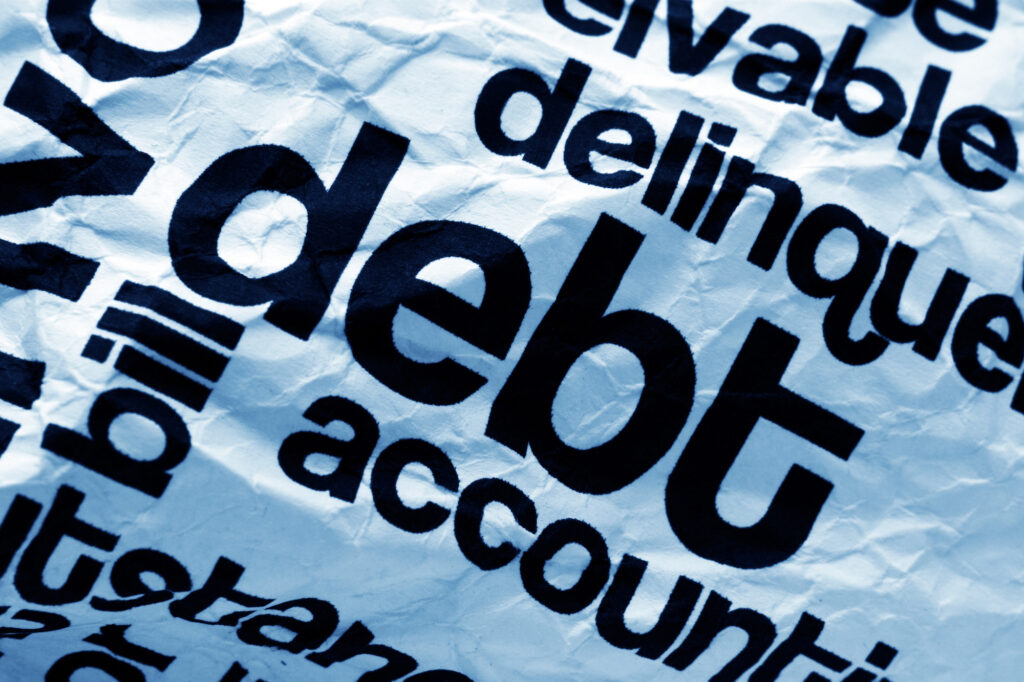THE DEBT CEILING AND THE IMPORTANCE OF HAVING A FINANCIAL PLAN
Posted
on Feb 17, 2023
on Feb 17, 2023
Talk about the debt ceiling is all over the news right now. Here is a summary of what it means, how it could affect our personal finances, and the importance of having a strong financial plan to handle such uncertainties.
The debt ceiling (or debt limit) is the total amount of money that the United States government is authorized to borrow to meet its existing legal obligations, including Social Security and Medicare benefits, military salaries, interest on the national debt, tax refunds, and other payments.
The debt limit does not authorize new spending commitments. It simply allows the government to finance existing legal obligations that Congresses and presidents of both parties have made in the past.
The U.S. hit its $31.4 trillion debt limit last month, leading the Treasury Department to start employing “extraordinary measures” to help the federal government avoid defaulting on its obligations.
Part of the “extraordinary measures” is for the government to stop issuing new treasury securities and halt reinvestments in its retirement funds. The Civil Service Retirement and Disability Fund (CSRDF), the Postal Service Retiree Health Benefits Fund (PSRHBF), and the federal employee (TSP) Government Securities Investment Fund (G fund) are all affected by this. The good news is that it’s just an accounting gimmick; the tactic does not affect the payment of annuities, health benefits, or loans or withdrawals from the TSP. Federal law requires the reversal of any extraordinary measures after the debt limit has been suspended or increased, including the refund of interest that may have accrued during the suspension to make each account whole.
The TSP posted this notice late last month:
“G Fund and the debt limit — As of January 23, 2023, the U.S. Treasury was unable to fully invest the Government Securities Investment (G) Fund due to the statutory ceiling on the federal debt. However, G Fund investors remain fully protected and G Fund earnings are fully guaranteed by the federal government. This statutory guarantee has effectively protected G Fund investors many times over the past 30 years. G Fund account balances will continue to accrue earnings and will be updated each business day, and loans and withdrawals will be unaffected. Learn more about the debt limit on the U.S. Department of the Treasury website.”
If the debt ceiling is not raised or suspended, the government must rely on incoming revenue to pay ongoing federal government expenses. If there are limited resources, they will have to choose which obligations to pay and which to delay. We could see spending on government programs cut, federal buildings and services closed, and federal employees furloughed again.
The government is in talks about what to do next. The last government shutdown was from 12/22/18 until January 25, 2019 (35 days) and was the longest government shutdown in history.
With uncertainty like this looming, I’d like to remind you how important it is to have a sound financial plan, including a funded emergency account. An emergency fund consists of a money in:
- FDIC insured savings account at a local bank, credit union or online bank.
- FDIC insured Certificate of Deposit (CD)
- Treasury or Federal Money Market funds inside of an individual, joint, or trust brokerage account
These accounts have no volatility. We call that Bucket 1. In Bucket 1, you have your emergency fund and up to three years of withdrawal needs. Since the stock and bond markets have not been down for three years since 1926 you don’t have to worry. Not having to worry about the markets is a unique feature and helpful for sleeping at night.
I hope you found this article helpful to clear up the current news on debt ceiling. Feel free to contact us to get help setting up your emergency funds or updating your financial plan.
For more information about the debt ceiling check out the Department of Treasury website and for a comprehensive FAQ check out NARFE (federal Benefits) website


